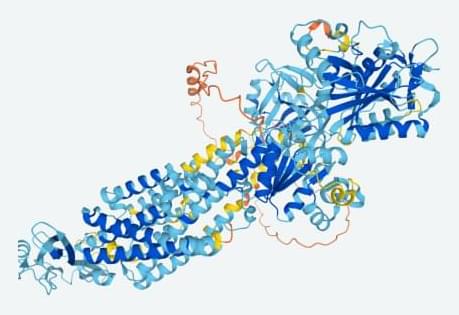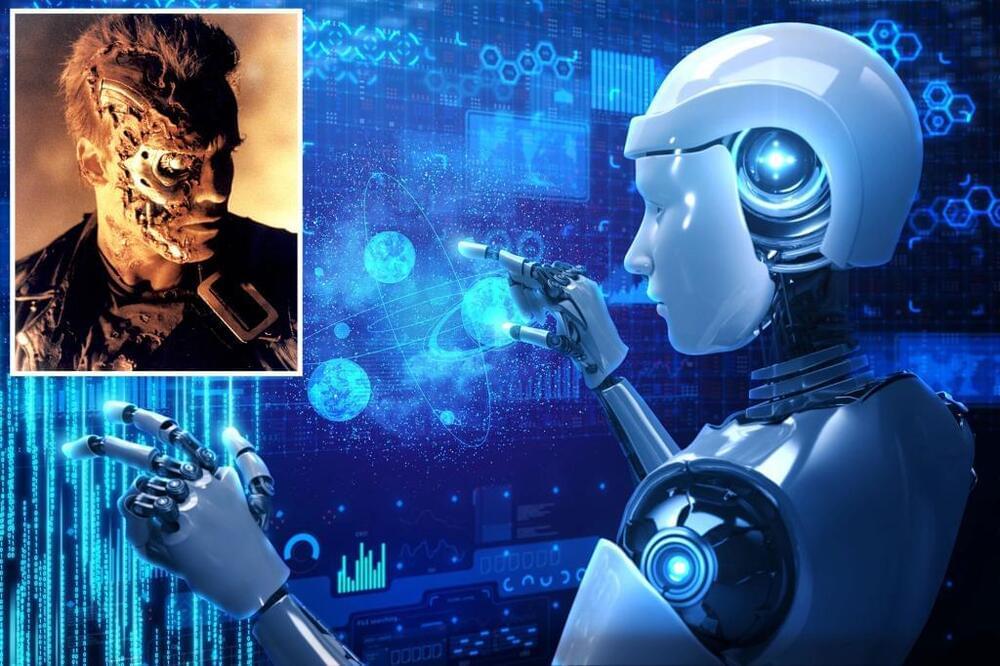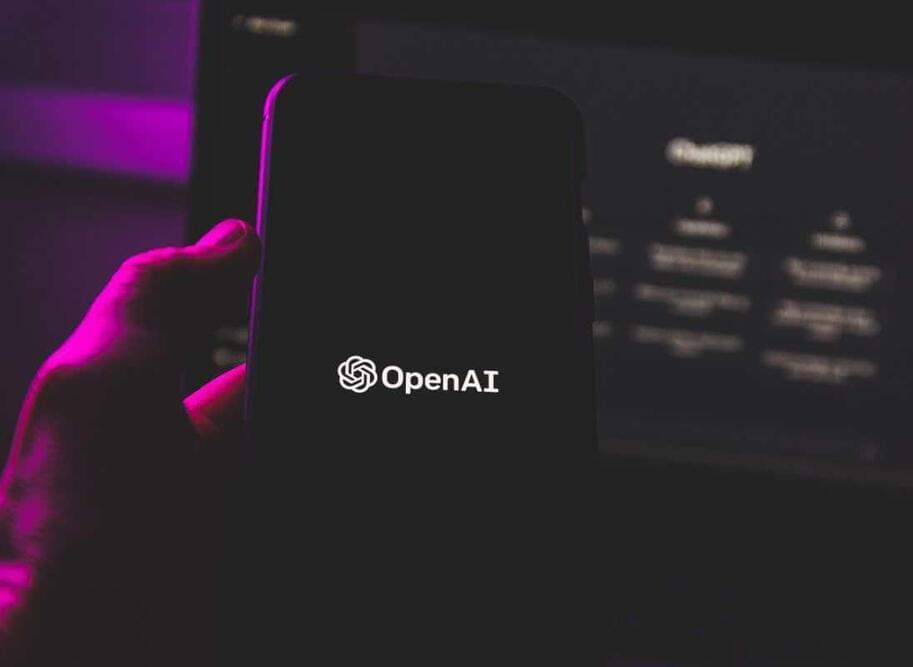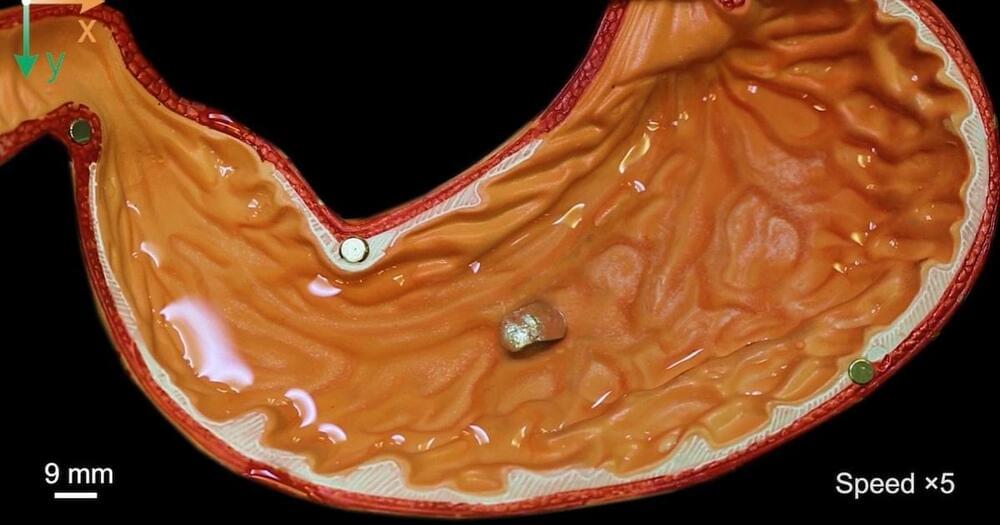Is RNA next frontier in drug discovery?



They’re warning of a global AI-pocalypse.
While artificial intelligence systems might make lives exponentially easier, they could also have a sinister side effect — making us go extinct. That’s right, researchers are deeming rogue AI an “existential threat to humanity” that needs to be regulated like nuclear weapons if we are to survive.

Last week Magnus Carlsen, the world chess champion, directly accused Hans Niemann, a U.S. grandmaster, of cheating during their game at the Sinquefield Cup, in St. Louis, Mo. He thus made plain an accusation he had been hinting at for weeks.
Carlsen has so far provided no evidence to back up his charge, nor has he specified how the cheating took place. Everyone agrees, however, that if there was cheating, then it must have involved computers, because nothing else could dismay Carlsen, whose rating of 2,856 is higher than that of any other player. And everyone seems to have chosen sides.
Takes a look at how neuroscience is inspiring the development of artificial intelligence. Our amazing brain, one of the most complicated systems we know about, is inspiring the development of intelligence machines. Machines that may well surpass our own intelligence and could birth a new species on the planet. Opportunity and danger lie beyond the singularity!
For those who purchase the video on Vimeo https://vimeo.com/ondemand/towardsingularity there are extended interviews that give further insight into biologically inspired AI technology.
Genre: Documentary.
Duration: 1 hour 6 minutes.
Subtitles: English.
Release: 19th February, 2020
Production: Perfekt Studios.
Director: Matthew Dahlitz.
Director of Photography: Jachin Dahlitz.
Soundtrack: Matthew Dahlitz.
CHAPTERS:
00:00 Introduction.
02:41 Our Amazing Brain.
08:13 Brain Inspired AI
16:23 Current AI
24:00 Smart Robots.
31:37 Integration.
34:33 Concerns.
37:19 Toward AGI
44:06 Dangers.
51:52 The Future.
01:02:32 Close & Credits
This video covers Mars in 2050 and 10 future technologies in the first Mars city. Watch this next video about the world in 2050: https://bit.ly/3J23hbQ.
► Support This Channel: https://www.patreon.com/futurebusinesstech.
► Udacity: Up To 75% Off All Courses (Biggest Discount Ever): https://bit.ly/3j9pIRZ
► Brilliant: Learn Science And Math Interactively (20% Off): https://bit.ly/3HAznLL
► Jasper AI: Write 5x Faster With Artificial Intelligence: https://bit.ly/3MIPSYp.
SOURCES:
• https://scitechdaily.com/mars-settlement-likely-by-2050-says…-elon-musk.
• https://www.news18.com/news/buzz/elon-musk-and-nasa-may-fina…79184.html.
• https://2050.earth/predictions/a-sustainable-civilization-of-humans-on-mars.
• https://www.businessinsider.com/elon-musk-plans-1-million-pe…2020-1
• https://www.inverse.com/innovation/spacex-mars-city-codex.
• https://www.inverse.com/article/54358-elon-musk-explains-how…rs-by-2050
• https://futurism.com/the-byte/elon-musk-million-people-mars-2050
• https://www.lpi.usra.edu/V2050/presentations/Tuesday/6_8236_Ehlmann.pdf.
• https://www.mars-one.com.
• https://en.wikipedia.org/wiki/Colonization_of_Mars.
• https://www.nationalgeographic.org/hires/human-settlement-mars/
• https://www.spacex.com/human-spaceflight/mars/
• https://ntrs.nasa.gov/api/citations/20070008279/downloads/20070008279.pdf.
• https://www.space.com/how-feed-one-million-mars-colonists.html.
• https://www.usatoday.com/in-depth/news/nation/2020/12/30/col…091010001/
• https://eatlikeamartian.org/
Official Discord Server: https://discord.gg/R8cYEWpCzK
💡 On this channel, I explain the following concepts:
• Future and emerging technologies.
• Future and emerging trends related to technology.
• The connection between Science Fiction concepts and reality.
SUBSCRIBE: https://bit.ly/3geLDGO
Disclaimer:

ChatGPT, the AI chatbot developed by tech company OpenAI, can find and fix bugs in computer code as well as standard machine learning approaches – and does even better when engaged in conversation.
Dominik Sobania at Johannes Gutenberg University in Mainz, Germany, and his colleagues sought to see how well ChatGPT compared with other AI-powered coding support tools. A number of tools exist that use artificial intelligence to check programming code to ensure there are no mistakes.


In general, we tend to operate on a default assumption that other people are basically truthful and trustworthy. The growth in fake profiles and other artificial online content raises the question of how much their presence and our knowledge about them can alter this “truth default” state, eventually eroding social trust.
Changing Our Defaults
The transition to a world where what’s real is indistinguishable from what’s not could also shift the cultural landscape from being primarily truthful to being primarily artificial and deceptive.

Amazon employees are quickly discovering ChatGPT’s vast potential as a work assistant.
ChatGPT, the eerily intelligent chatbot that blew up since its November release, has been used in a number of different job functions at Amazon, according to internal Slack messages obtained by Insider. That includes answering job interview questions, writing software code, and creating training documents, as Insider previously reported.
One employee said in the Slack channel that the Amazon Web Services cloud unit has created a small working group to better understand AI’s impact on its business. Through testing, this team found ChatGPT does a “very good job” at answering AWS customer support questions, as most answers are based on public information. The AI tool was also “great” at creating training documents and “very strong” in corporate strategy questions.
Connor Leahy from Conjecture joins the podcast to discuss AI safety, the fragility of the world, slowing down AI development, regulating AI, and the optimal funding model for AI safety research. Learn more about Connor’s work at https://conjecture.dev.
Timestamps:
00:00 Introduction.
00:47 What is the best way to understand AI safety?
09:50 Why is the world relatively stable?
15:18 Is the main worry human misuse of AI?
22:47 Can humanity solve AI safety?
30:06 Can we slow down AI development?
37:13 How should governments regulate AI?
41:09 How do we avoid misallocating AI safety government grants?
51:02 Should AI safety research be done by for-profit companies?
Social Media Links:
➡️ WEBSITE: https://futureoflife.org.
➡️ TWITTER: https://twitter.com/FLIxrisk.
➡️ INSTAGRAM: https://www.instagram.com/futureoflifeinstitute/
➡️ META: https://www.facebook.com/futureoflifeinstitute.
➡️ LINKEDIN: https://www.linkedin.com/company/future-of-life-institute/